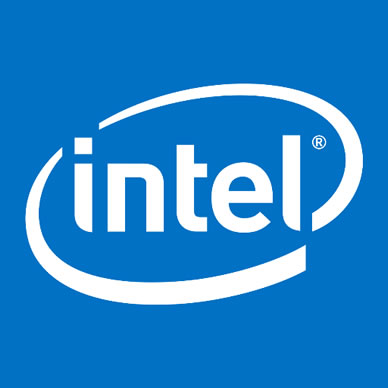Intel’s Q1 2025 Financial Performance and Strategic Adjustments: Navigating a Challenging Market Landscape
Intel Corporation, a global leader in the semiconductor industry, released its first-quarter financial results for 2025, revealing a period of flat revenue growth and prompting the company to implement a series of cost-cutting measures aimed at bolstering operational efficiency and setting the stage for sustainable long-term growth. The Q1 report highlighted a revenue figure of $12.7 billion, matching the corresponding period in the previous year. While achieving breakeven on a non-GAAP earnings per share basis, the company reported a net loss per share of $(0.19). These results reflect the challenges posed by the current macroeconomic environment, impacting demand across various segments of the technology sector.
Intel’s CEO, Lip-Bu Tan, acknowledged the need for improvement and emphasized the company’s commitment to taking decisive action to enhance execution and operational efficiency. He stressed that the turnaround will not be instantaneous and emphasized the importance of fostering a customer-centric approach, listening to feedback, and making necessary adjustments to regain market share and establish a trajectory of sustainable growth. Tan underscored the company’s dedication to empowering its engineers to develop innovative products and highlighted a "back to basics" philosophy, emphasizing a renewed focus on customer needs and a commitment to building a "new Intel."
Looking ahead to the second quarter of 2025, Intel anticipates revenue to fall within the range of $11.2 billion to $12.4 billion, with a projected loss per share of $(0.32) and non-GAAP earnings per share of $0.00. This outlook reflects the persistent uncertainties in the macroeconomic landscape. David Zinsner, Intel’s CFO, emphasized the company’s adoption of a disciplined and prudent financial approach, aiming to sustain investments in core product development and foundry operations while simultaneously pursuing cost optimization and maximizing capital efficiency. This strategic approach underscores Intel’s commitment to balancing long-term growth objectives with the need to navigate short-term market challenges.
In response to the prevailing market dynamics, Intel has unveiled a comprehensive initiative focused on driving enhanced execution and operational efficiency across its business segments. A key component of this initiative is a targeted reduction in operating expenses, aiming to reach approximately $17.5 billion in 2025 and further reduce them to $16 billion in 2026. These targeted expense reductions encompass a range of areas, including research and development, marketing, and administrative costs. This cost-cutting strategy reflects Intel’s commitment to streamlining operations and maximizing resource allocation towards strategic priorities.
Furthermore, Intel is optimizing its capital expenditure plans, revising its gross capital expenditure target for 2025 to $18 billion, down from the previous goal of $20 billion. Despite this reduction, the company anticipates net capital expenditures to remain within the range of $8 billion to $11 billion, ensuring continued investment in capacity expansion and technological advancements. This adjusted capital expenditure strategy underscores Intel’s commitment to maintaining a balance between cost control and strategic investments.
The Q1 report also revealed an organizational restructuring, integrating the Network and Edge Group into the Client Computing Group, Data Centre and AI segments. This realignment reflects Intel’s strategic focus on consolidating resources and streamlining operations to better address market demands. The updated segment reporting for fiscal year 2025 incorporates these changes, with prior-period data adjusted accordingly to provide a consistent basis for comparison.
Analyzing the performance of individual business units, the Client Computing Group reported revenue of $7.6 billion, representing an 8% decline year-over-year. This decrease likely reflects the broader slowdown in the PC market. In contrast, the Data Centre and AI Group experienced an 8% increase in revenue, reaching $4.1 billion, driven by continued demand for data center solutions and the growing adoption of artificial intelligence technologies. Intel Foundry also saw a 7% revenue growth, amounting to $4.7 billion, reflecting the increasing demand for semiconductor manufacturing services.
In terms of product and technology advancements, Intel launched new Intel Core Ultra mobile and desktop processors during the quarter, further expanding its product portfolio to cater to evolving consumer and business needs. The company also introduced Intel Xeon six processors designed for data center and network applications, emphasizing their strong AI performance in MLPerf benchmarks. These product launches underscore Intel’s continued commitment to innovation and its focus on delivering cutting-edge technology to its customers. Overall, while navigating a challenging market environment, Intel is taking proactive steps to enhance operational efficiency, optimize resource allocation, and position itself for future growth in the dynamic semiconductor industry. These adjustments and developments, from cost-cutting and capital expenditure optimization to organizational realignment and new product launches, reflect the broader transformations taking place within Intel as it seeks to regain its footing and compete effectively in the rapidly evolving technology landscape.














